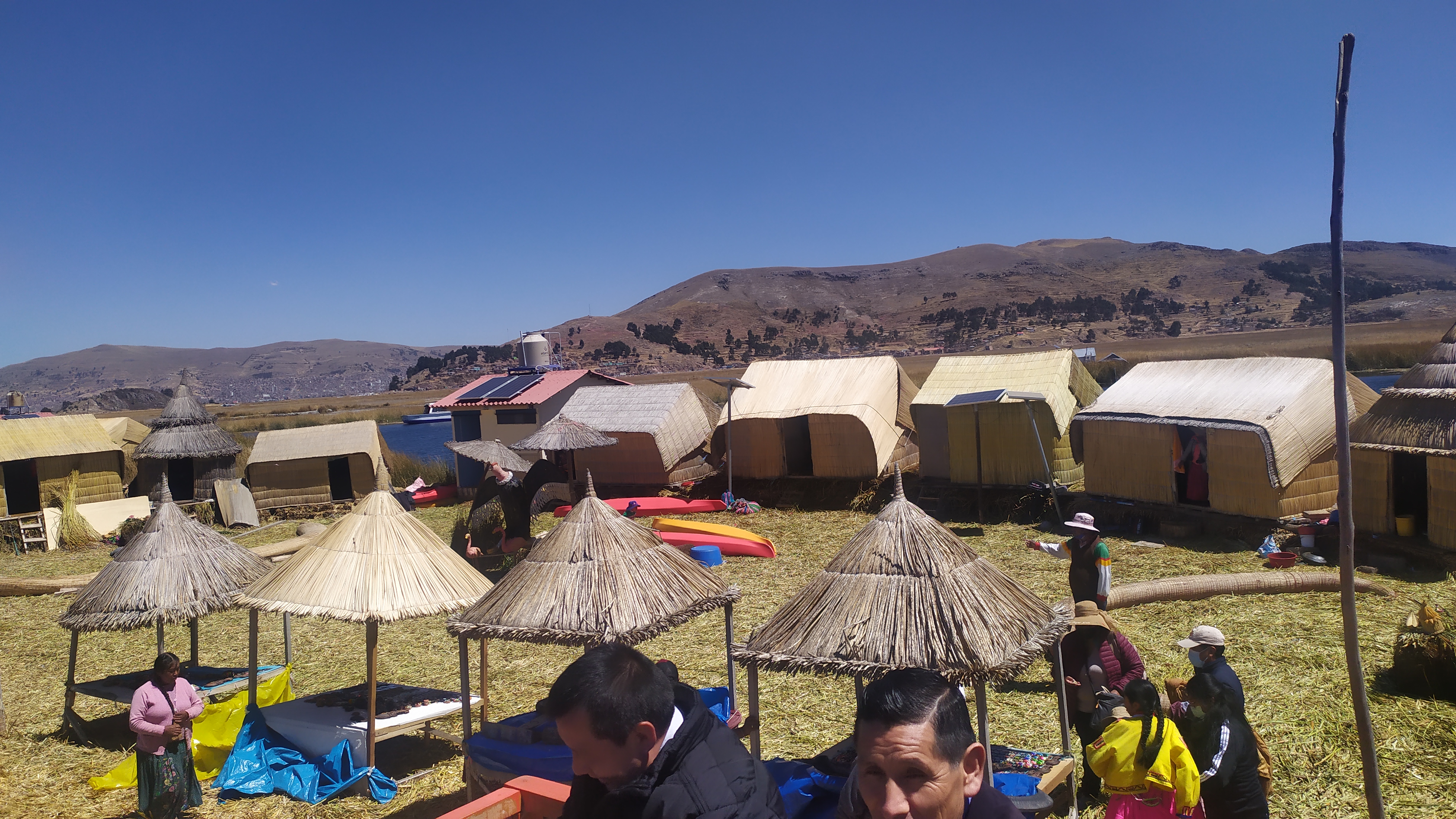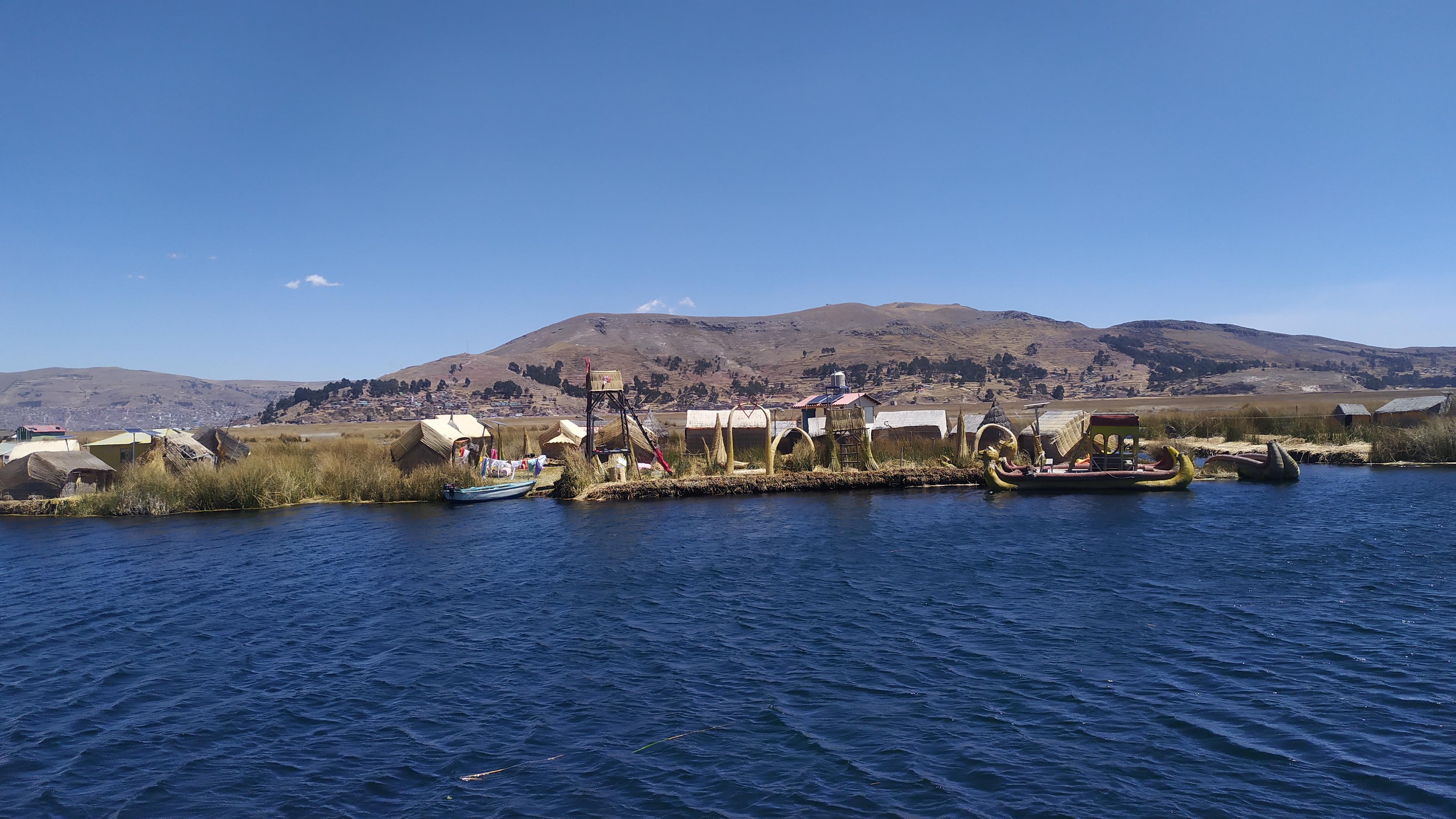The history of the creation of some Peruvian cities is accompanied by Inca mythological legends. One of the best known is the one that tells the origin of Lake Titicaca, whose protagonists are the inhabitants of Puno.
According to the legend, before Lake Titicaca existed, there was a fertile valley in this place. Its citizens were happy with what the gods gave them: light and rain for crops and land for food.
The inhabitants of this valley did not need anything else: the apus, gods of the mountains, protected them and they knew no negative feelings such as hatred and ambition. The Apus gave absolute freedom to the citizens of the valley with only one exception: they were forbidden to climb to the top of one of the mountains, because here there was a bonfire with the sacred fire.
In this way, the humans lived for many years without any problems and in absolute peace. But an evil spirit that inhabited the forbidden area for men was totally jealous of the fact that they lived in such happiness. Therefore, he did his best to make people disobey their gods and follow the path of curiosity.
With the wiles of the evil spirit, the humans were tempted, as never before, to climb the mountain, discover the secrets that awaited there and, thus, demonstrate their bravery. The Apus, furious to see the attitude of their citizens, stopped them halfway up the mountain without them being able to escape: they sent hundreds of thousands of pumas and these animals devoured the people who had disobeyed their gods.
Upon seeing this terrible image, Inti, the Sun God, shuddered and began to cry non-stop, to such an extent that the valley in which these people lived was completely flooded.
Thus, the population was exterminated, except for a man and a woman who, in a reed boat, managed to save themselves and contemplate all that had happened: their fertile valley was now a huge lake and the pumas that had been sent by the gods had turned into rocks.
Since then, according to this legend, Titicaca has existed and is now known worldwide for its incredible islands and for being the highest navigable lake in the world.
La historia de la creación de algunas ciudades de Perú está acompañada de leyendas mitológicas incas. Una de las más conocidas es aquella que cuenta el origen del Lago Titicaca, cuyos protagonistas son los habitantes de Puno.
Según cuenta la leyenda, antes de que existiera el Lago Titicaca, en este lugar se encontraba un valle fértil. Sus ciudadanos eran felices con lo que los dioses les otorgaban: luz y lluvia para las cosechas y tierra para conseguir comida.
Los habitantes de este valle no necesitaban nada más: los apus, dioses de las montañas, les protegían y no conocían sentimientos negativos como el odio y la ambición. Los apus le daban libertad absoluta a los ciudadanos del valle con una única excepción: tenían prohibido subir a la cima de una de las montañas, ya que aquí se encontraba una hoguera con el fuego sagrado.
De esta manera, los humanos vivieron durante muchos años sin ningún problema y en absoluta paz. Pero un espíritu maligno que habitaba en la zona prohibida para los hombres, estaba totalmente celoso de que estos vivieran con tanta felicidad. Por eso, hizo lo posible para conseguir que las personas desobedecieran a sus dioses y siguieran el camino de la curiosidad.
Con las artimañas del espíritu maligno, los humanos se sintieron, como nunca, tentados a escalar la montaña, descubrir los secretos que allí aguardaban y, así, demostrar su valentía. Los apus, furiosos al ver la actitud de sus ciudadanos, los detuvieron a mitad de camino sin que pudieran escapar: mandándoles a cientos de miles de pumas y estos animales devoraron a las personas que habían desobedecido a sus dioses.
Al ver esta terrible imagen, Inti, el dios Sol, se estremeció y comenzó a llorar sin parar, hasta tal punto que el valle en el que habitaban estas personas quedó totalmente inundado.
Así, la población fue exterminada, excepto por un hombre y una mujer que, subidos en una barca de junco, lograron salvarse y contemplar todo lo que había pasado: su fértil valle era ahora un enorme lago y los pumas que habían sido mandados por los dioses se habían convertido en rocas.
Desde entonces, según esta leyenda, existe el Titicaca, que ahora es mundialmente conocido por sus increíbles islas y por ser el lago navegable más alto del mundo.






































Congratulations, your post has been added to Pinmapple! 🎉🥳🍍
Did you know you have your own profile map?
And every post has their own map too!
Want to have your post on the map too?
¡Hermoso lugar, bellas fotos! Esa comida que muestras ¿qué es?
¡Saludos!
Holaa, es increible el lugar. Es ceviche de trucha, super divino
Imaginé que era algo como ceviche pero se ve un poco diferente al tradicional. Mmm... ¡qué rico!
Congratulations @estheffcr! You have completed the following achievement on the Hive blockchain and have been rewarded with new badge(s):
Your next target is to reach 2000 upvotes.
You can view your badges on your board and compare yourself to others in the Ranking
If you no longer want to receive notifications, reply to this comment with the word
STOPCheck out the last post from @hivebuzz:
Support the HiveBuzz project. Vote for our proposal!
The lake titicaca looks beautiful- the blue water is amazing:)
Is one of the most beautiful lake i ever see